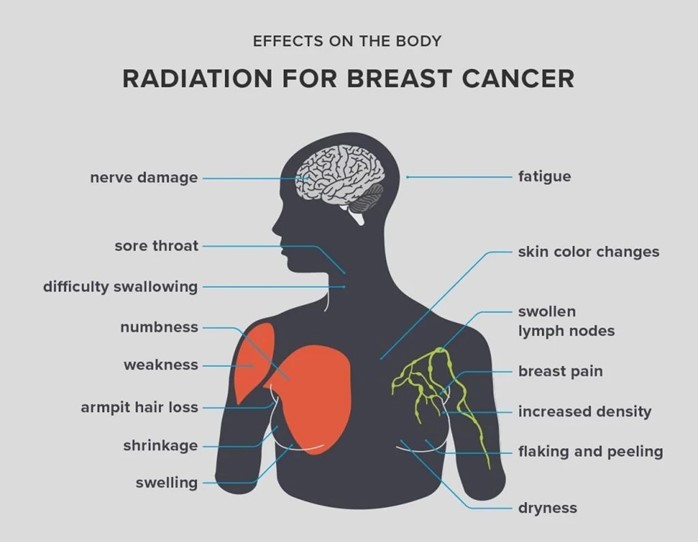A nurse is leading a discussion about contraception with a group of 14-year-old clients. After the presentation, a client asks the nurse which method would be best for her to use. Which of the following responses should the nurse make?
"A provider can help you with that after a physical examination."
"You are so young. Are you ready for the responsibilities of a sexual relationship?"
"Because of your age, I think that a barrier method would be the best choice."
"Before I can help you, I need to know more about your sexual activity."
The Correct Answer is D
Choice A: This response suggests that a physical examination is necessary before providing contraceptive advice. While a healthcare provider may conduct a physical examination as part of comprehensive care, making it a prerequisite for discussing contraception can create barriers for adolescents seeking information. Emphasizing a physical exam may deter open communication, as adolescents might feel apprehensive or judged. Effective contraceptive counseling should prioritize building rapport and understanding the individual's needs and concerns before proceeding to clinical
Choice B: "You are so young. Are you ready for the responsibilities of a sexual relationship?" This response is inappropriate and judgmental because it implies that the client is too immature or irresponsible to have a sexual relationship. It also discourages the client from seeking help or information from the nurse and may make her feel ashamed or guilty about her sexuality.
Choice C: "Because of your age, I think that a barrier method would be the best choice." This response is inappropriate and paternalistic because it assumes that the nurse knows what is best for the client without considering her individual situation or preferences. It also limits the client's options and may not address her specific needs or concerns.
Choice D: This response is appropriate as it seeks to gather more information about the adolescent's sexual activity, which is crucial for providing tailored contraceptive advice. Understanding the individual's sexual behavior, frequency of activity, number of partners, and risk factors allows the healthcare provider to recommend the most suitable contraceptive methods and address any concerns about sexually transmitted infections. The Centers for Disease Control and Prevention highlight the importance of personalized counseling that takes into account the adolescent's specific circumstances to promote effective contraceptive use and sexual health.

Nursing Test Bank
Naxlex Comprehensive Predictor Exams
Related Questions
Correct Answer is B
Explanation
Choice A: Upper back pain is not the correct answer because it is not a common finding associated with uterine fibroids. Upper back pain is a feeling of discomfort or ache in the upper part of the back, between the shoulder blades, or below the neck. It can be caused by various factors such as muscle strain, poor posture, or spinal problems. It is not related to the presence or growth of benign tumors in the uterus.
Choice B: Chronic pelvic pain is the correct answer because it is a common finding associated with uterine fibroids. Chronic pelvic pain is a feeling of discomfort or ache in the lower abdomen or pelvis that lasts for more than six months. It can be caused by various factors such as endometriosis, ovarian cysts, or infection. It is also related to the presence or growth of benign tumors in the uterus, which can press on nerves, blood vessels, or organs and cause inflammation, bleeding, or scarring.
Choice C: Amenorrhea is not the correct answer because it is not a common finding associated with uterine fibroids. Amenorrhea is a condition that causes the absence of menstrual periods for more than three months in a woman who is not pregnant, breastfeeding, or menopausal. It can be caused by various factors such as hormonal imbalance, stress, or weight loss. It is not related to the presence or growth of benign tumors in the uterus, which can cause heavy or irregular menstrual bleeding instead.
Choice D: Diarrhea is not the correct answer because it is not a common finding associated with uterine fibroids. Diarrhea is a condition that causes loose, watery, or frequent stools. It can be caused by various factors such as infection, medication, or food intolerance. It is not related to the presence or growth of benign tumors in the uterus, which can cause constipation or bloating instead.
Correct Answer is C
Explanation
Choice A: Diarrhea is not the correct answer because it is not a common adverse effect of radiation treatment for breast cancer. Diarrhea is a condition that causes loose, watery, or frequent stools. It can be caused by various factors such as infection, medication, or food intolerance. It is more likely to occur as an adverse effect of radiation treatment for cancers that affect the digestive system, such as colorectal or stomach cancer.
Choice B: Anorexia is not the correct answer because it is not a common adverse effect of radiation treatment for breast cancer. Anorexia is a condition that causes loss of appetite or interest in food. It can be caused by various factors such as depression, stress, or nausea. It is more likely to occur as an adverse effect of chemotherapy or other systemic treatments for cancer that affect the whole body.
Choice C: Fatigue is the correct answer because it is a common adverse effect of radiation treatment for breast cancer. Fatigue is a condition that causes extreme tiredness or exhaustion that is not relieved by rest or sleep. It can be caused by various factors such as anemia, inflammation, or pain. It is a common adverse effect of radiation treatment for any type of cancer, as radiation can damage healthy cells and tissues and affect the body's energy production.
Choice D: Alopecia is not the correct answer because it is not a common adverse effect of radiation treatment for breast cancer. Alopecia is a condition that causes hair loss or thinning on the scalp or other parts of the body. It can be caused by various factors such as genetics, hormones, or infection. It is more likely to occur as an adverse effect of chemotherapy or other systemic treatments for cancer that affect the whole body.

Whether you are a student looking to ace your exams or a practicing nurse seeking to enhance your expertise , our nursing education contents will empower you with the confidence and competence to make a difference in the lives of patients and become a respected leader in the healthcare field.
Visit Naxlex, invest in your future and unlock endless possibilities with our unparalleled nursing education contents today
Report Wrong Answer on the Current Question
Do you disagree with the answer? If yes, what is your expected answer? Explain.
Kindly be descriptive with the issue you are facing.
